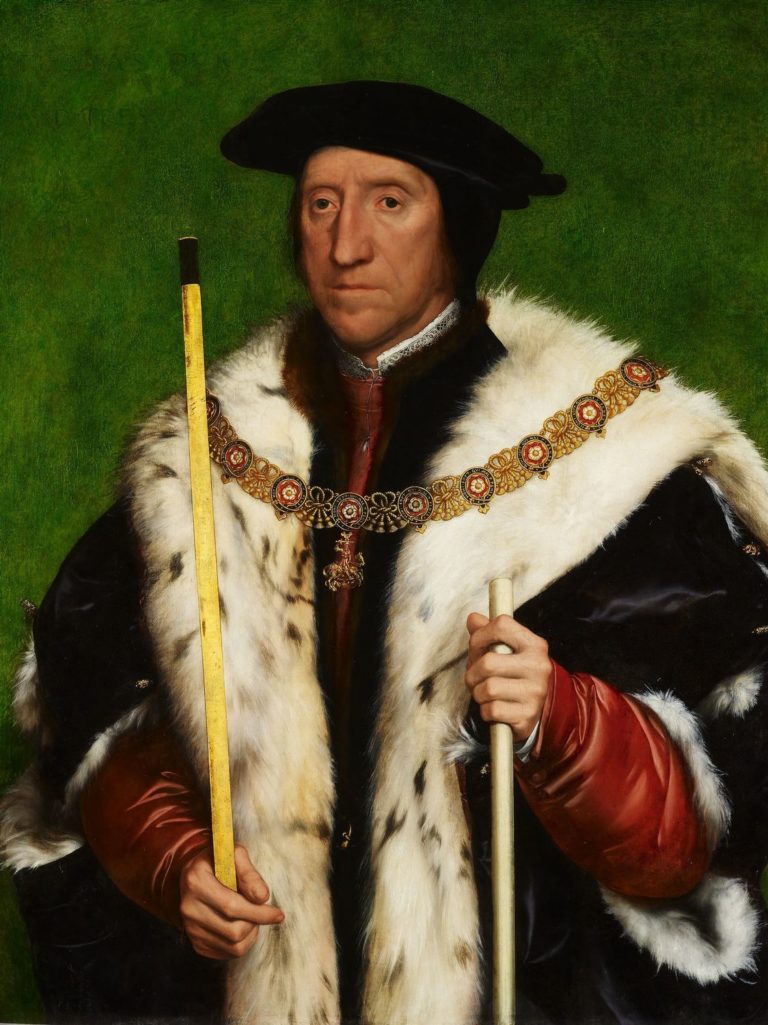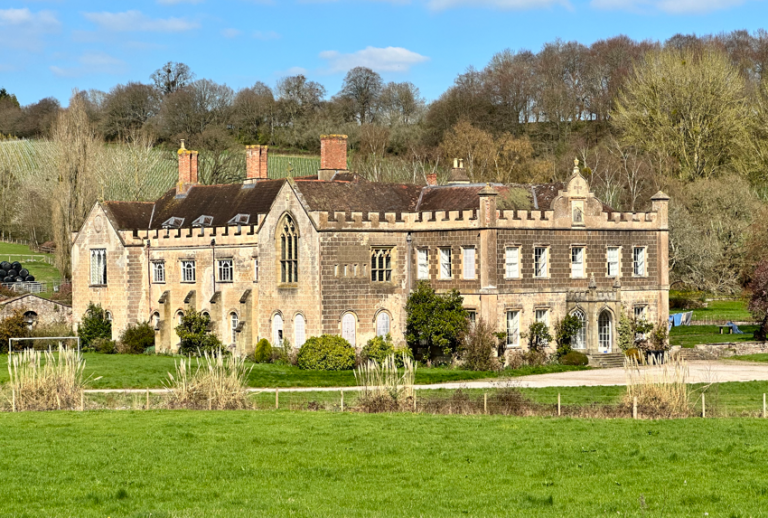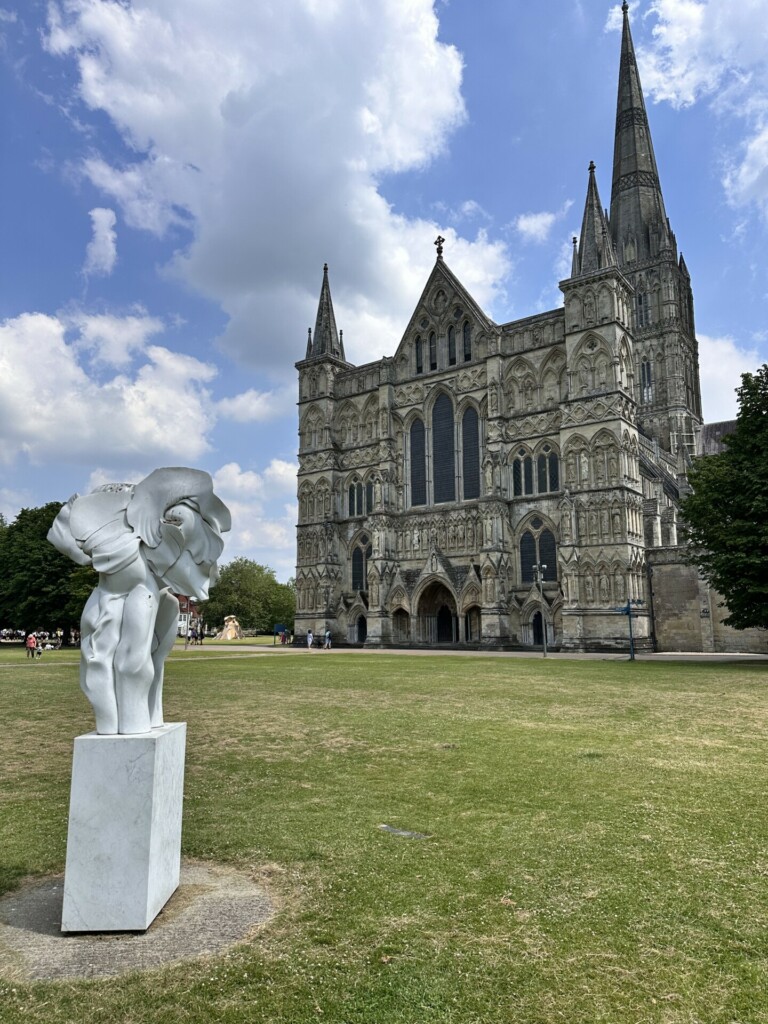Captive Queen: The Decrypted History of Mary, Queen of Scots
I am delighted to be able to share an excerpt from Jade Scott’s recently released book, Captive Queen: The Decrypted History of Mary, Queen of Scots.
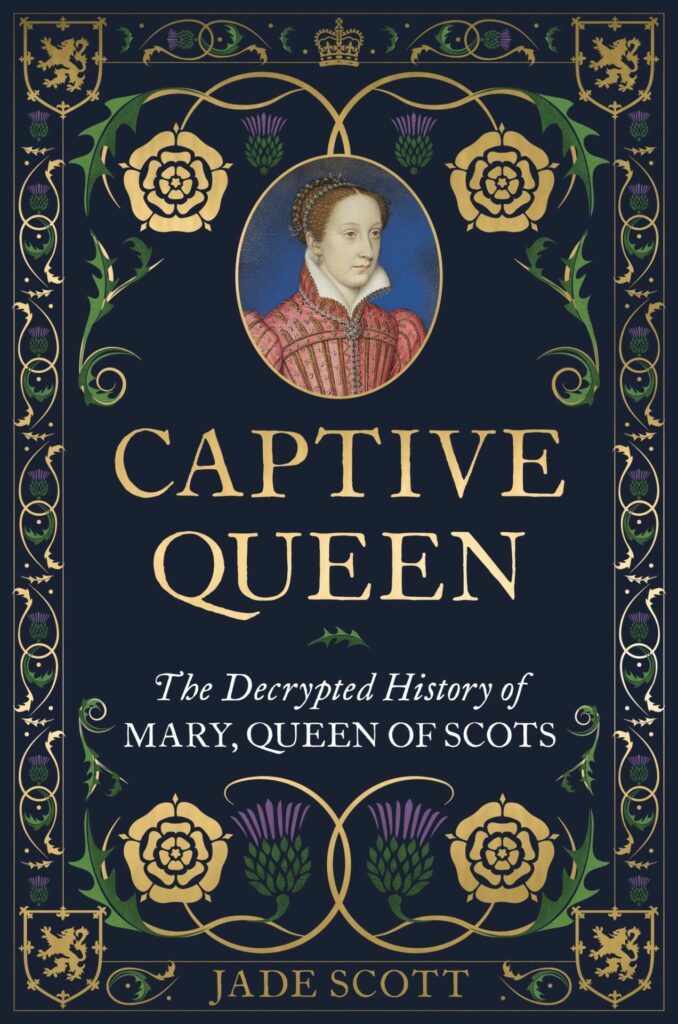
Book Synopsis
For almost two decades before her execution at Fotheringhay Castle in 1587, Mary, Queen of Scots was a prisoner. From her chambers, she wrote countless letters, many encrypted using complex ciphers to prevent her communications from being intercepted. In this way, she used language to exert her will and her influence, even while incarcerated.
More than 400 years after Mary’s death, the discovery of further encoded letters has led to renewed interest in the breadth of her encrypted correspondence in captivity.
In ‘Captive Queen: The Decrypted History of Mary, Queen of Scots’, historian and expert on Mary’s correspondence Dr Jade Scott draws on hundreds of Mary’s letters and those sent to her, to paint a vivid portrait of one of history’s most compelling figures. She interrogates Mary’s complex relationships with friends and enemies throughout her imprisonment, illuminating her strategic expertise and bringing Mary’s captivity to life as never before.
Captive Queen: The Decrypted History of Mary, Queen of Scots by Jade Scott, Intro p36-39
This blog is an excerpt from Jade Scott’s fascinating new biography of Mary, Queen of Scots: Captive Queen: the Decrypted History of Mary, Queen of Scots.
‘Dismissing her secretary and reassuring her ladies that they, too, could leave the room, Mary Queen of Scots pulled the paper towards her. She dipped the nib of the goose-feather quill, one of the better-quality ones she had managed to get hold of, into the pot of dark ink on the plain but sturdy writing desk. She had insisted they let her bring this battered piece with her when she was moved from Sheffield to Tutbury. Funny how she had hated its simple style and dull surface when she was first given it all those years ago. And now here she was, leaning upon it for the thousandth time, as the winds roared against the shutters of her chamber and the chill seeped in through the cracks, bringing the sour scent of the moat that not even a gale could blast away.
God, how she hated Tutbury. It had been a few years since she was last trapped here, but now, in September 1585, she was back. Pausing briefly, she considered jumping right in, letting the words rush from her onto the page. Instead, she penned, ‘Madam, my good sister,’ at the top of the page. Then, leaving it on its own line to draw the eye, she carefully began to write. She wrote until the page was filled to the edges. After refilling the ink, she signed her name with the usual sentiment, ‘Your very affectionate and good sister, Marie R’. She never forgot that ‘R’ for Regina, meaning queen. One of the few devices she had left to her: a symbol of her royal status.
She folded the page carefully. No need for an address; the bearer would know who this was meant for. Besides, the letter would be read cover to cover before it ever left this house. Still, she gathered a few of the black threads her maid had left over from tending to her night-cloak. Folding them tightly together, she pressed the bundle on the page before quickly holding a cube of red wax over the candle flame. Trapping the floss in the melted wax, she added the final touch, pressing her ring into the puddle. Signed, sealed, and now to be delivered. Perhaps this time Queen Elizabeth would reply?
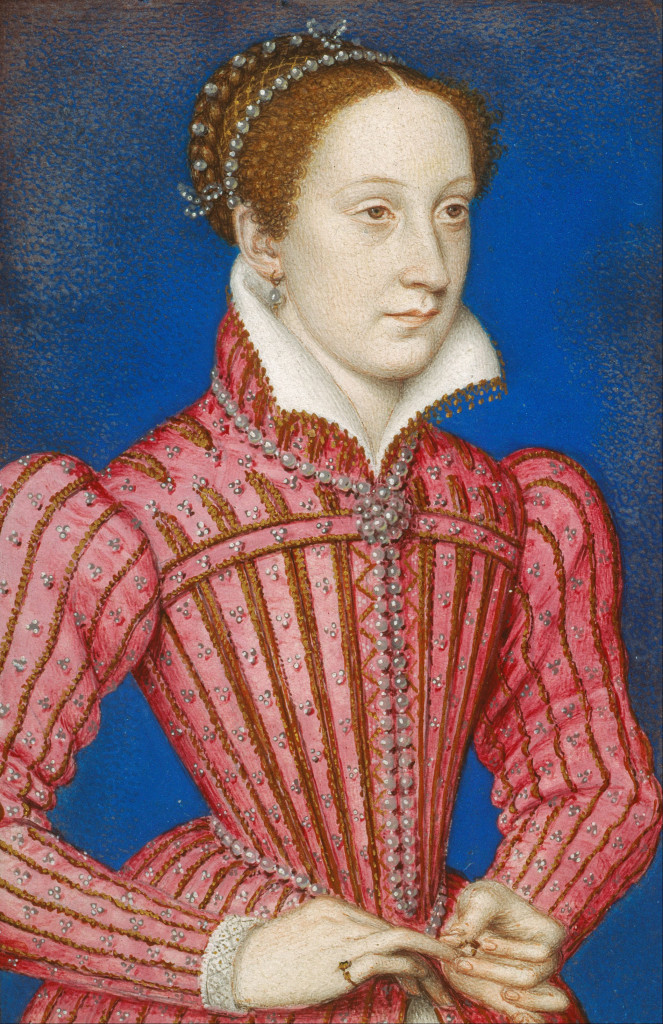
Mary, Queen of Scots spent eighteen years as a captive in England, from 16 May 1568 until her execution on 8 February 1587. She was moved between properties and passed between jailers, kept to the northern and midland reaches of the kingdom, never coming any closer to the English court than Fotheringhay Castle in Northamptonshire. She rarely had any say in where she would be accommodated, though on occasion her dogged persistence succeeded in gaining temporary relief – being removed from her most hated prison at Tutbury Castle in Staffordshire to more comfortable properties nearby or travelling to take the mineral waters at the spa in Buxton. By reconstructing her movements during these captive years, we can watch the ever-changing periods of acute crisis and tedious inaction that characterized her life. As plots were hatched – and foiled – we see Mary being shunted to more remote locations, far from any potential rescue attempt. We share in her frustrations as she was left to linger for weeks and months on end, in gloriously gilded cages. And in her last captive years, as both Mary and her enemies determined to bring things to an end one way or another, we watch as she was brought south, much farther than she had been permitted before. Brought suddenly south, to her end.
During her captivity in England, letters were a lifeline for Mary. She wrote endlessly to family and friends in France, to supporters in Spain, to allies in Scotland and to her adversaries across England. She pleaded to be allowed to discuss her situation in person. She railed against the conditions of her captivity. She cajoled and flattered and threatened. Letters became her weapons, her armour, her battle strategy. Sometimes she would pen letters in her own hand, filling pages and pages with her neat handwriting, squeezing words into the margins of the paper. At other times, she would dictate letters to her secretaries, who would copy down her words, or else she would leave notes for them to polish into fully formed texts, which she would cast an eye over before signing her name at the bottom of the page. A speaker of several languages, her letters were multilingual – she wrote in French, English, Scots, Latin and Italian.
Several thousand letters to and from Mary, Queen of Scots survive, scattered in archives and collections across the world. They enthral and entice us. When the last letter Mary ever wrote was put on public display at the National Museum of Scotland in Edinburgh in February 2017 to commemorate the anniversary of her death, the crowds were so big that additional viewings had to be organized. We thrill to see her signature there on the page: a letter of hers with a postscript in her own hand came to market in 2022 and sold for £32,500, more than double the asking price. Mary’s letters were prized during her lifetime too, though for different reasons. Her letters were gathered as evidence against her at her final trial in 1586, held up as proof of her involvement in plots that sought to depose and even assassinate Queen Elizabeth I of England. Her signature was the golden prize – if Mary had signed a letter with her own hand, then she was understood to have authorized the contents within. So, while she was able to send and receive letters throughout her years as a captive in England, her correspondence was always subject to surveillance by English courtiers. William Cecil, Lord Burghley, the Lord High Treasurer of England and Elizabeth’s closest advisor, and Sir Francis Walsingham, principal secretary and chief spymaster, managed this surveillance network, regularly intercepting Mary’s letters. Sometimes letters would be held up en route, with a copy made and the original letter sent on with a replica wax seal attached. The recipient might never suspect anything untoward, so expert were these intelligencers. As Mary would discover at her final trial in 1586, letters of hers that were intercepted could also be altered by these agents, making it appear that she had given instructions that she herself would later deny’.
Links & Resources
To purchase a copy of Captive Queen: The Decrypted History of Mary, Queen of Scots, click here.
To listen to Jade sharing more about her research and inspiration for the book, as part of The Tudor Travel Guide’s Tudor Talk Series, click here.
If you are interested in finding out more about the life of Mary, Queen of Scots’ life, you may enjoy the following blogs:
Cardinals, Queens and Captives: Fascinating Tales from Sheffield Manor Lodge
Mary Queen of Scots: A Glittering Future at the French Court
The Memorialisation of Mary, Queen of Scots: The Making of an Icon
HolyRoodhouse: Pleasure Palace of the Stuarts
Jedburgh and the Mysterious Near-Death of Mary, Queen of Scots
Inchmahome Priory: The Romantic Refuge of the Scots Queen
Stirling Castle: The Childhood Home of Mary, Queen of Scots
Mary, Queen of Scots: An Intimate Portrait of a Widowed Queen
Loch Leven Castle: The Prison of a Beleaguered Queen
Linlithgow Palace: The Renaissance Birthplace of Mary, Queen of Scots
Final Dark Act of a Scottish Tragedy
Bolton Castle and the Vengeful Prisoner of Wensleydale

Dr Jade Scott is a historian specialising in Mary, Queen of Scots and an expert on her letters. She is an affiliate in History at the University of Glasgow, an associate fellow of the Royal Historical Society and Secretary of the Scottish History Society, researching early modern Scottish women and their correspondence.



